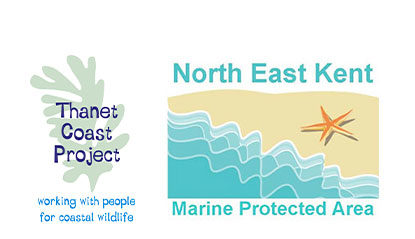Shellfish Harvesting and Fixed Netting Code
Shellfish and other marine life
- Tread carefully to avoid damage to the rocky chalk shore especially on the lower shore where the chalk is most fragile
- Always put rocks and seaweed back the way they were – there are animals underneath which need them for shelter.
- Shellfish should be collected by hand only and without breaking the chalk rocks (Local IFCA bylaws allow for the collection of periwinkle by hand only)
- Take only enough for your own needs – to a maximum of 5kg (half a normal size bucket) of periwinkles collected by one person per day – to ensure that many are left for other collectors and the species can still thrive. Other species should be left to flourish.
- Species attached to the chalk reef (eg pacific oysters and limpets) should be left as the reef is easily damaged if removed
- Select only the larger shellfish to ensure that younger ones can continue to grow on and establish the next generation
- Take care to avoid putting feeding or roosting birds to flight
- Avoid collecting shellfish during ‘Temporary Prohibition Orders’ (Fishery Products and Live Shellfish) when it is a criminal offence to collect live shellfish such as cockles and mussels for human consumption on the grounds of public food safety. Contact your local authority for further information
- Abide by food safety standards and ‘guidelines for safe working in estuaries and tidal areas’ (Health and Safety Executive)
- 2022 Shellfish Collection – advisory poster (1.1MB, PDF)
Additional Codes for ‘Fixed Netting’ on shore
- Fixed nets should comply with both national and local fishery bylaws, in that they shall:
- be cleared within every 30 hours
- be marked at each end (by dahn bouys 1.5m above water) with 30sq cm flag – clearly marked with name address or postcode
- be under 100 metres in length
- avoid the River Stour (to protect migratory species)
- Contact the Kent and Essex Inshore Fisheries and Conservation Authority for details and advice, and the Environmental Agency for information on the fishing for salmon, sea trout, eels and the use of fyke nets.
- Care should be taken to avoid damage to the chalk shore and marine life when putting up fixed nets
- Take away and dispose of any entangled rubbish or disintegrating nets in suitable bins
- Avoid designated coastal activity areas or launch sites as nets could entangle and endanger other coastal users

